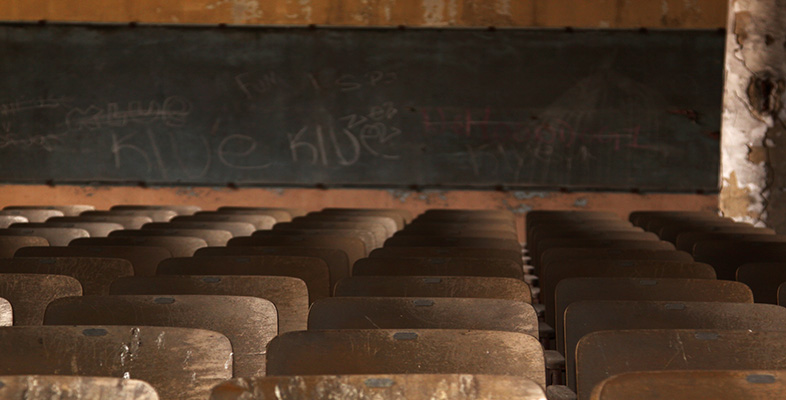3.1.4 Explore the tools further
You may like to explore the tools further yourself and with your students to explore what difference it makes if you or they decide to make any changes to teaching and learning activities:
- Travel: What difference does it make if you reduce some of your journeys or use different modes of transport? You may be aware that different modes of travel have different carbon impacts. For example, diesel cars have lower carbon emissions per passenger mile than cars with equivalent-sized engines using petrol or LPG fuels. Travel by express coach has lower carbon emissions than rail travel per passenger mile.
- ICT devices: Does it make a difference if you purchase different ICT devices to support your learning activities? Using the calculator shows that the carbon emissions produced from using a tablet for 100 study hours based on lifecycle studies is a quarter of the emissions associated with using a desktop PC. You could also explore if reducing your use of ICT devices would make much difference to your overall impacts associated with your course activities.
- Paper and print: You may explore what difference it would make to your carbon impact if you reduced your use of paper for note-taking, printing or photocopying, or other educational materials.
Residential energy use: You may explore the impacts of using different fuels and systems to heat your home. What difference would it make if your home was heated by oil compared with an efficient condensing boiler?
Students in particular should explore the impacts associated with studying while living from their usual home compared with moving to live in university accommodation or another additional residence. This would eliminate most of the energy consumption associated with a second home, although it may increase regular travel impacts.
- Campus site operations: You can also explore the impacts of campus site operations associated with different systems of higher education and attributable to teaching. The calculators use information based on the average energy consumption associated with campus-based and distance teaching institutions. Distance-teaching HE systems have higher numbers of students learning on each course, so this achieves efficiencies of scale, which results in lower carbon emissions per student in UK institutions.
You can also explore whether any planned changes to reduce carbon-based environmental impacts would help to reduce financial costs, for both the individual student or lecturer and the academic institution.
When you have finished exploring the Carbon Calculator tools you should have some ideas for actions to lower the carbon emissions of your teaching and your student’s learning activities. For example, perhaps you could use less carbon-intensive modes of travel, reduce the number of journeys or consider sharing journeys to divide and reduce your individual carbon impacts. Try to think of some actions that you could take to reduce the energy consumption and carbon emissions of your teaching and learning activities. Planned changes need to be sustainable in the wider sense, in terms of environmental, economic and social sustainability.
